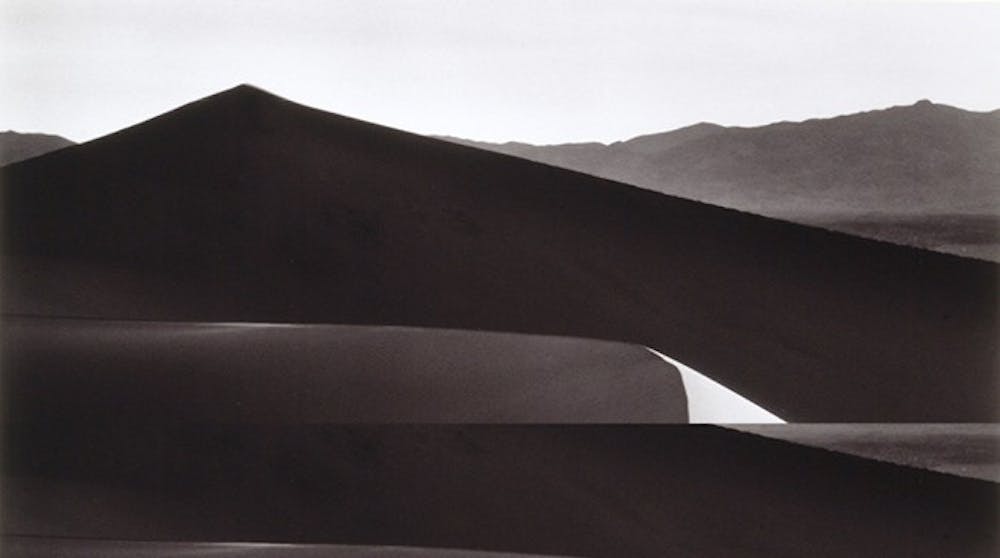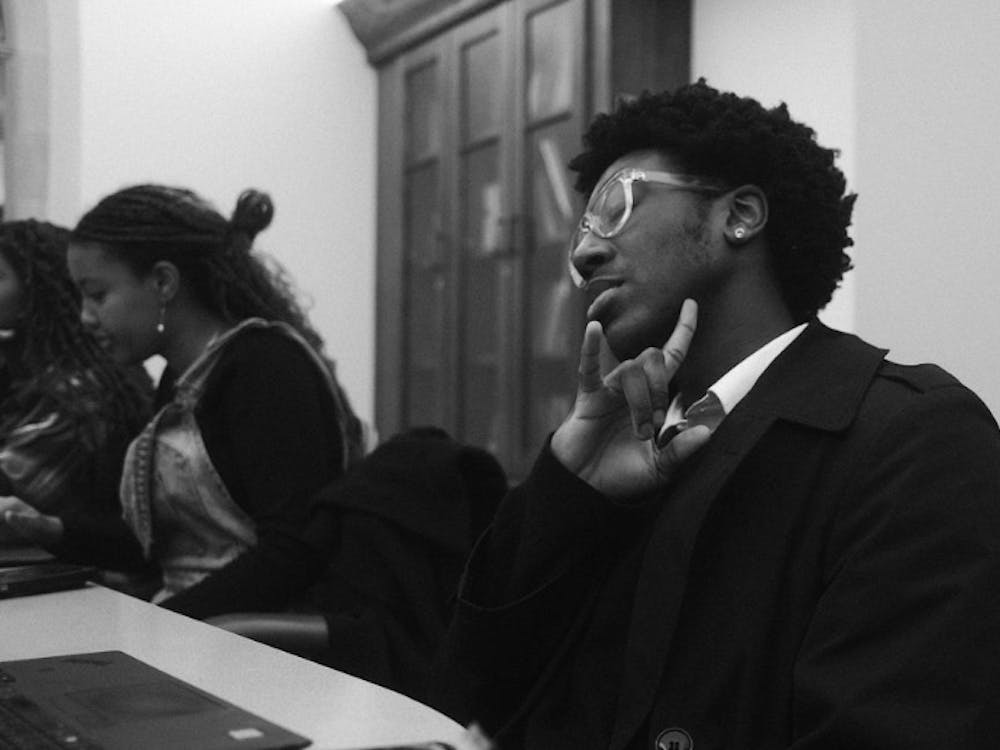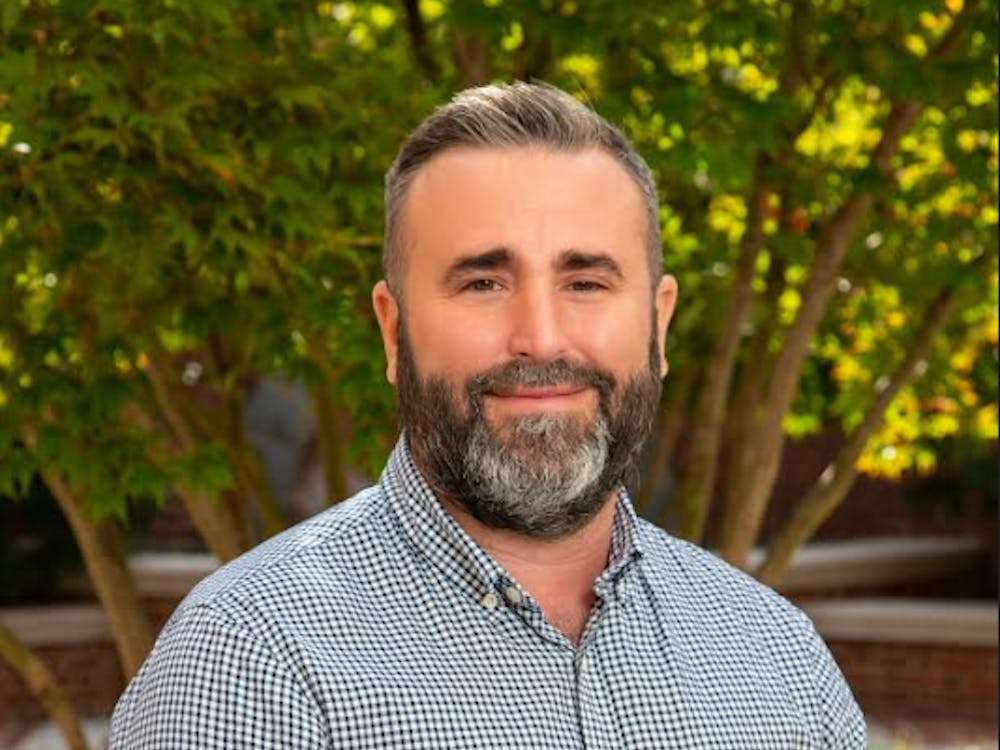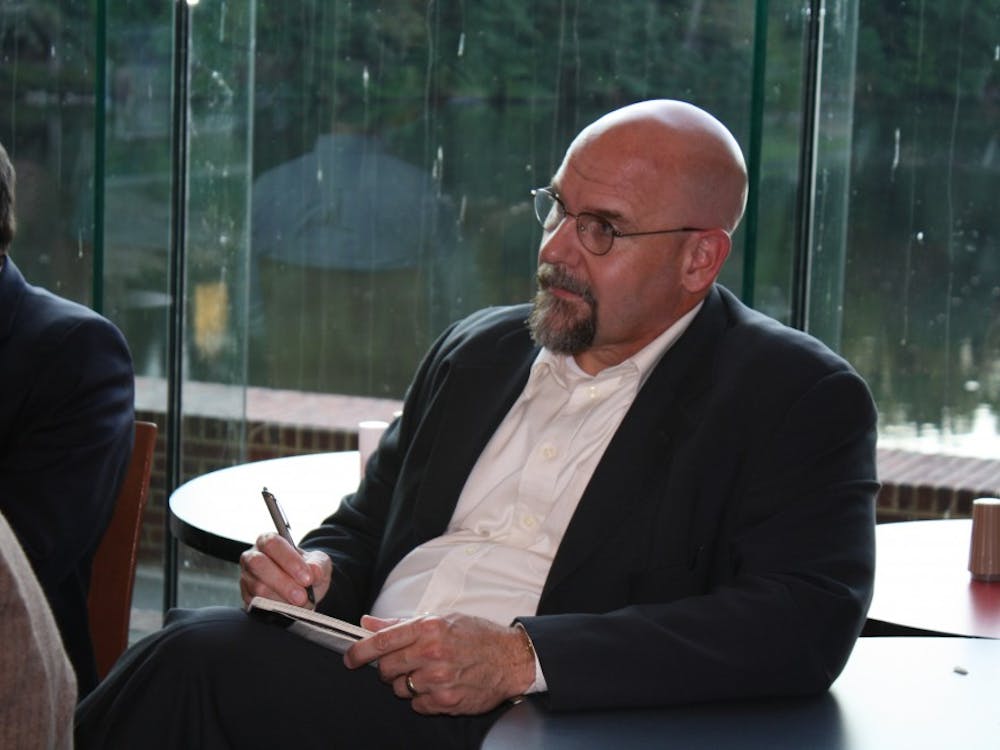Ansel Adams was 14 years old when his father gave him his first camera, a Kodak No. 1 Brownie, on his family's first trip to Yosemite National Park. Enamored by the majesty of this wild place, Adams returned to his first and major inspiration every year for the rest of his life.
After he received that fateful gift, Adams used that Yosemite light to take iconic photographs such as "Moon and Half Dome" and "Clearing Winter Storm," two of the most recognizable images of the twentieth century. These, along with his other images, accentuated the organic beauty of the American wilderness with regal precision and illuminated the passionate life of the photographer.
Modest though he was, Adams sold sets of his greatest pieces to patrons who promised to donate them to museums. It was an attempt to bring nature to those who visited art galleries instead of national parks and to persuade them to protect America's wild places.
Andrea G. Stillman, who served as Adams's assistant from 1974 to 1980, spoke last night to more than 150 people in the Brown-Alley Room in Weinstein Hall on the University of Richmond campus, about the photograph exhibit titled, "Ansel Adams: The Man who Captured the Earth's Beauty," now on display in the Lora Robins Gallery until Dec. 6. She said that Adams knew the exact photograph he wanted to take before he even set up his camera. Adams often told her that, "The camera became an extension of your body -- it's like your own eye, seeing."
"When he walked into the room, it was like the sun came out," Stillman said of Adams. "The West just walked in the door."
And "the West" brought with him a respect for nature that permeated his photographs. More than showing a landscape, Adams strove to imbue his art with his story of conservation.
"Photography is a way of telling what you feel about what you see," Adams said. He would pack up his mule, named Mistletoe, with a blanket and a coffee can filled with rice and beans and hike in basketball shoes for days to the tops of mountains and cliffs waiting for a single shot. Once, he even suffered appendicitis in the Sierra Nevada Mountains, alone during a snowstorm, and managed to bring back a photograph. After those trips, he would work for weeks making prints of the photographs he liked.
His two great passions, photography and nature, coalesced into a career, which carried with it significant doubts.
"As early as the 1950s, he'd say, 'I'm worried I've lost the ability to photograph,'" Stillman said.
But outside of the camera's field of vision, and despite his insecurity, Adams worked tirelessly to conserve the natural parts of the world that inspired and mesmerized him.
"He felt that if he didn't write a letter or make a call every day to someone about the environment - the President, a senator, etc. - that he was failing in his duty," Stillman said.
That is why the Adams exhibit is a relevant installation on campus, said Heather Campbell, curator of museum programs at the university.
Enjoy what you're reading?
Signup for our newsletter
"The university is going greener," Campbell said. "Hopefully his photos will inspire us to keep nature pristine. Everyone seems to know the name Ansel Adams." Three free workshops and seminars being given by the School of Continuing Studies in conjunction with the exhibition have already received significant public attention.
Adams was always put off by his renown. "He did not desire fame or glory for himself," Stillman said.
Still, Adams used the popularity of his art to attract followers to and contributions for the Sierra Club and the task of protecting the national parks.
Stillman said she wanted people to come away from her talk with a renewed admiration for Adams' work and his lifelong fervor for conservationism.
She said: "[I want people to learn] that Ansel was larger than life, just like his pictures; that wilderness is terribly important to protect; that it fills a need in our society and our spirit; that his pictures communicate his feelings about the natural scene; that he was fiercely patriotic; that he loved nature and mankind; that he had a terrific sense of humor; that he was one of the finest human beings I can imagine."
Adams's photographs expose the character of the larger-than-life champion of nature who took them, Stillman said. The striking contrast between his technical perfectionism and artistic intuition were analogous to his larger idiosyncratic contradictions. Stillman said he was gregarious and could light up a room with laughter but was close to few -- not even his children. Stillman said she and others who had worked for him "missed knowing that he was alive" but they knew, "he could emote through his pictures" in a way he never could in life.
Contact staff writer Jordan Trippeer at jordan.trippeer@richmond.edu
Support independent student media
You can make a tax-deductible donation by clicking the button below, which takes you to our secure PayPal account. The page is set up to receive contributions in whatever amount you designate. We look forward to using the money we raise to further our mission of providing honest and accurate information to students, faculty, staff, alumni and others in the general public.
Donate Now



